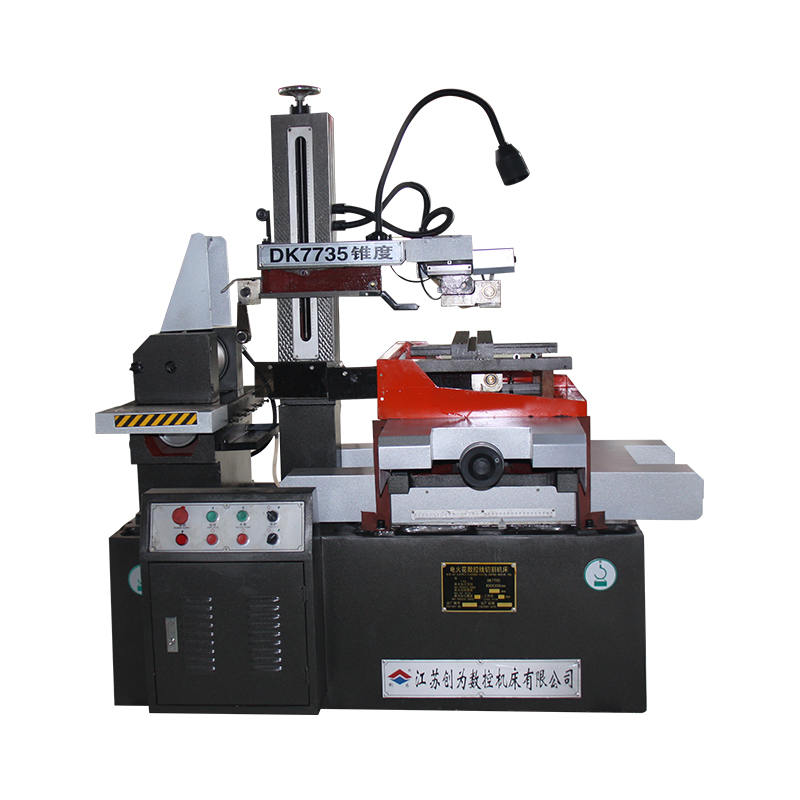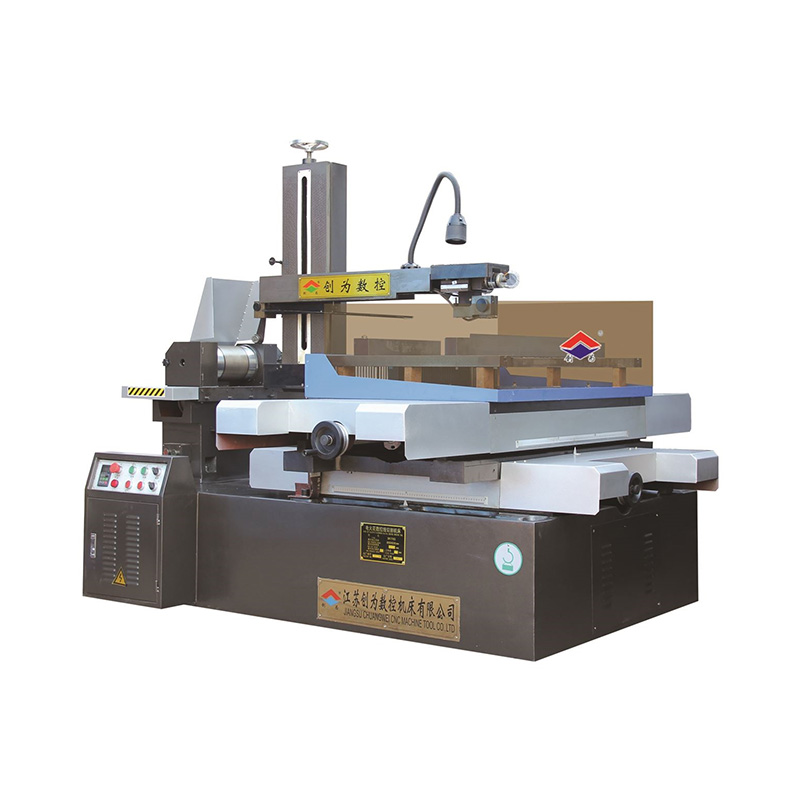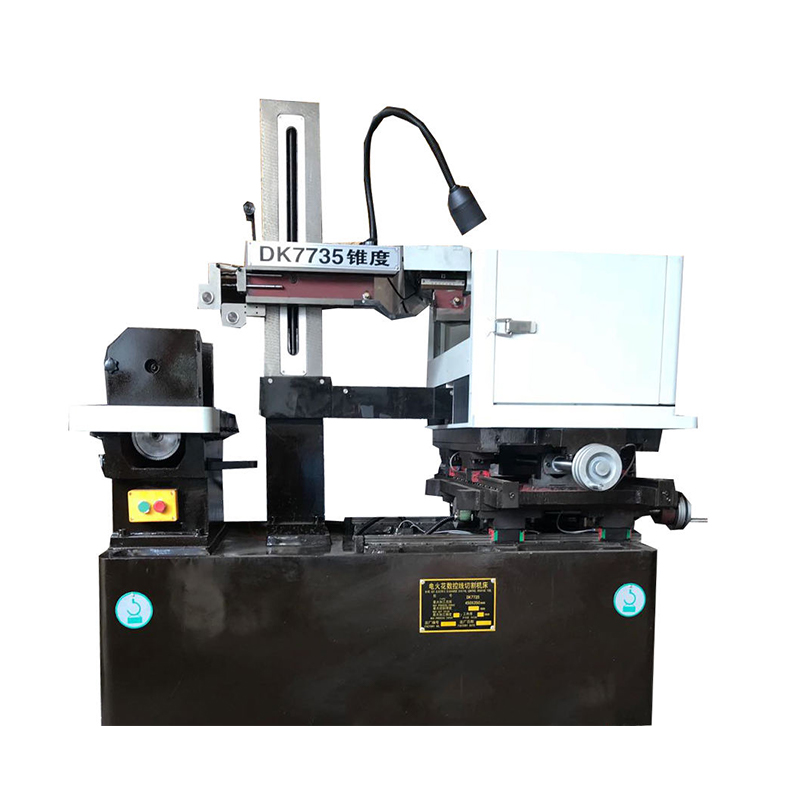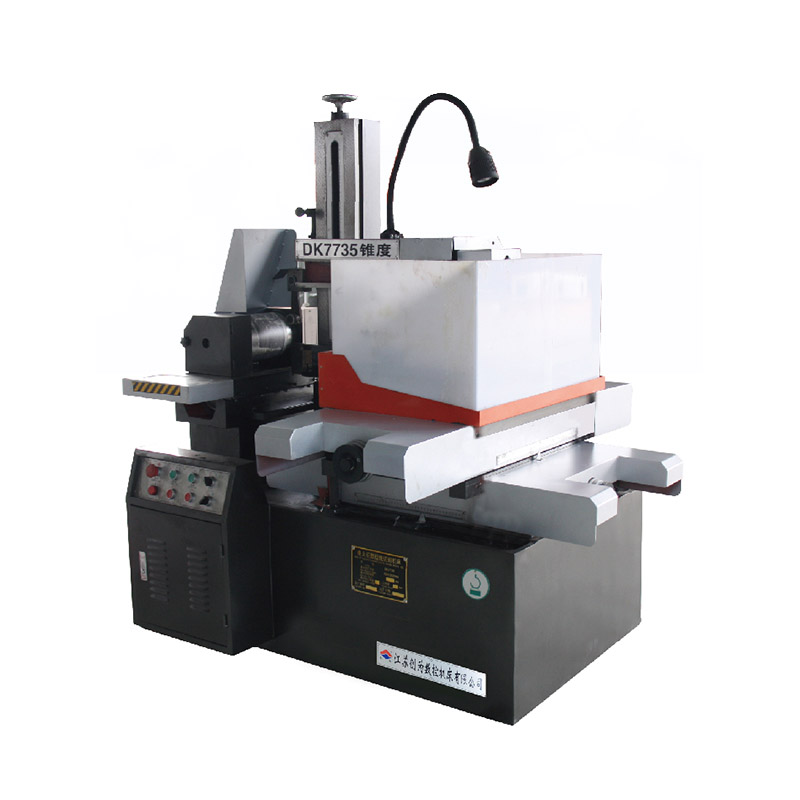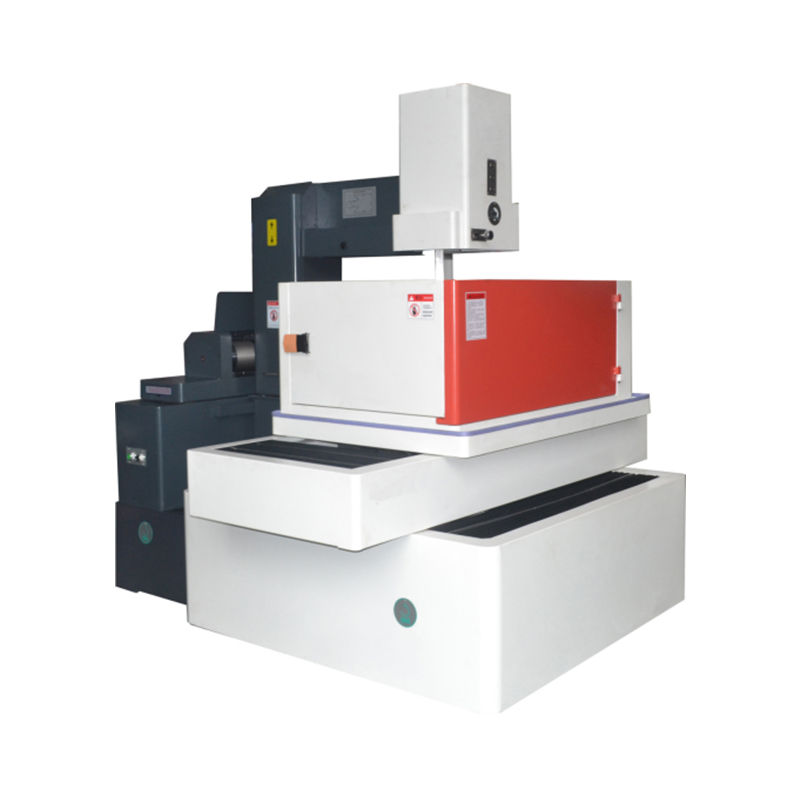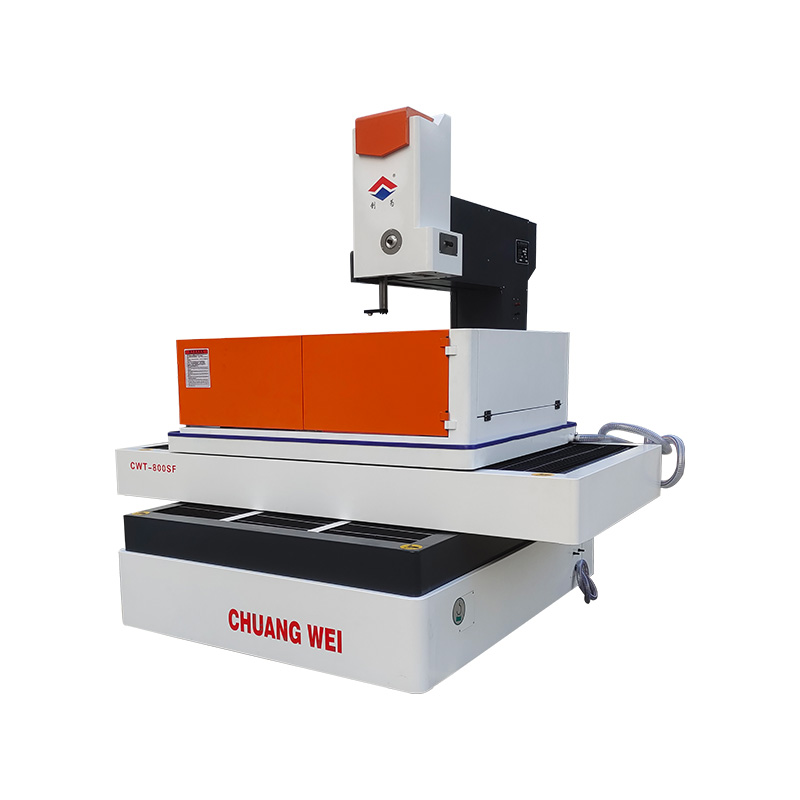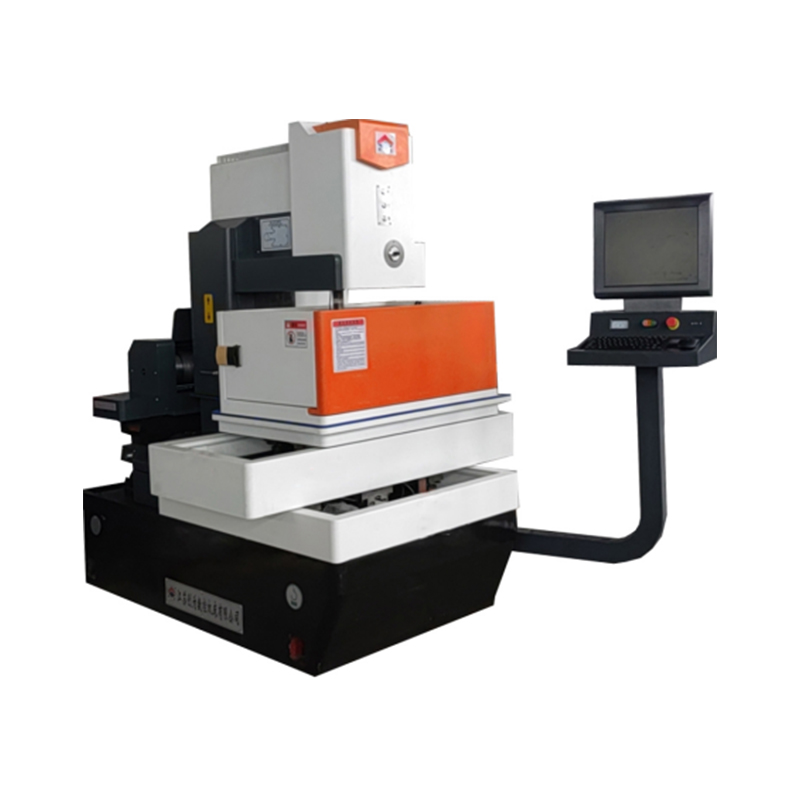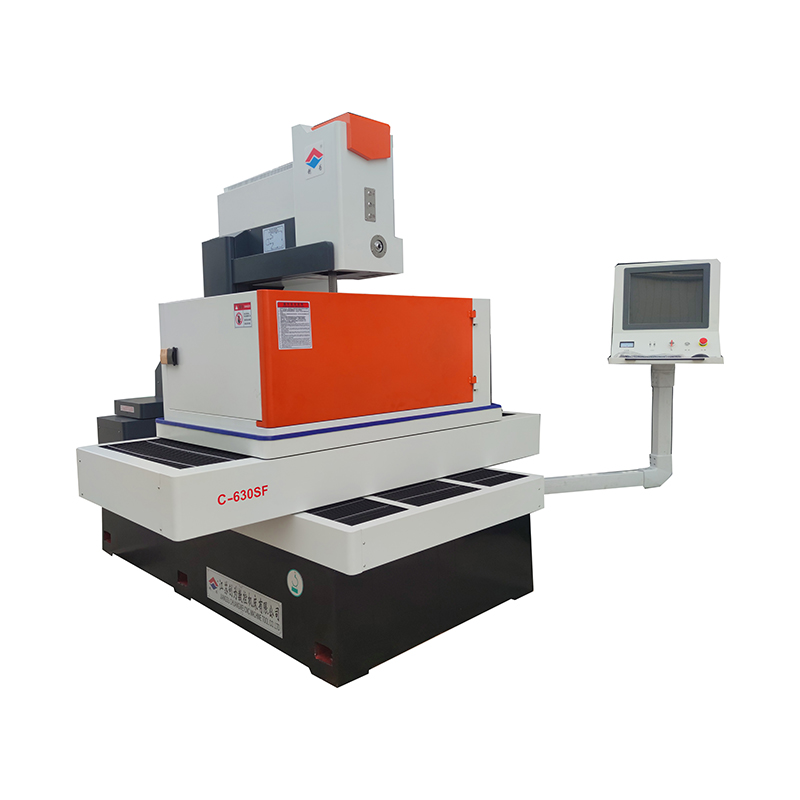Medium Wire Cutting: Precision and Efficiency in Modern Manufacturing
 2024.11.07
2024.11.07
 Industry news
Industry news
Wire cutting is a critical process in manufacturing, particularly in industries where precision and accuracy are paramount. One of the most widely used techniques within this category is medium wire cutting. This method, which involves the use of electrical discharge machining (EDM), is employed to produce intricate and high-precision parts from a variety of materials. It is especially useful in industries such as aerospace, automotive, and electronics, where tight tolerances and complex geometries are often required.
Medium wire cutting refers to a specific range of wire EDM (Electrical Discharge Machining) that uses a metallic wire (usually brass or copper) to cut through conductive materials. The wire, typically between 0.1 mm and 0.3 mm in diameter, is fed continuously through the material being cut while a series of electrical discharges are applied to it. The electrical energy from the discharge melts the material in a precise pattern, allowing for accurate cuts without direct contact between the tool and the workpiece.
In medium wire cutting, the process operates in a submerged environment where the workpiece is placed in a bath of dielectric fluid (usually deionized water or oil). This fluid helps to cool the material and remove debris created during the cutting process, ensuring that the cuts are precise and free of material buildup.
The working principle of medium wire cutting is based on controlled electrical discharges. Here is an overview of the process:
The workpiece is securely placed on a machining table, and a thin metallic wire is threaded through the material. The wire is positioned precisely, and the workpiece is submerged in dielectric fluid.
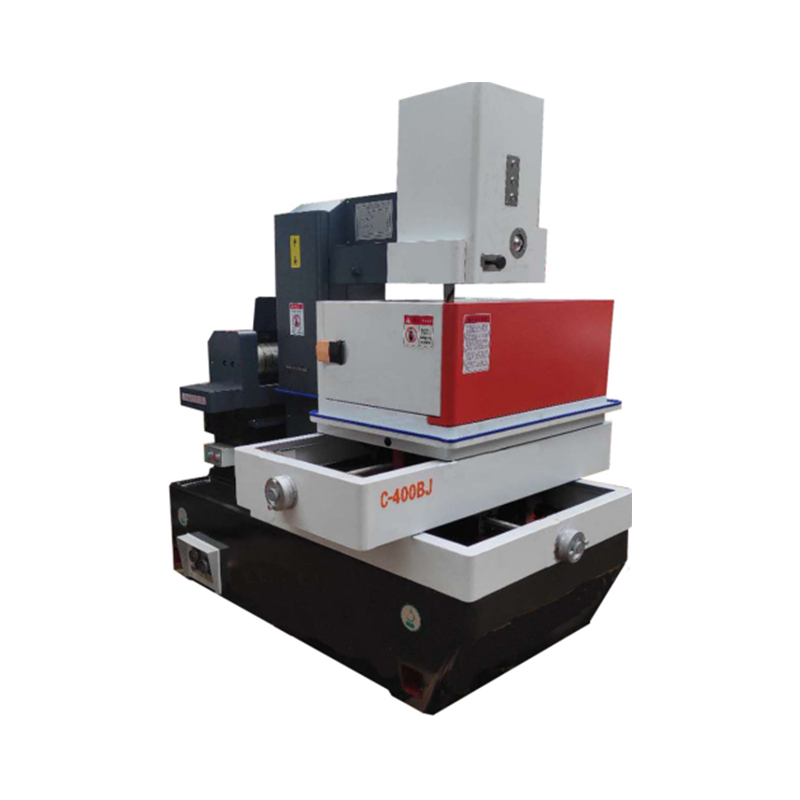
A series of electrical pulses are sent through the wire and directed toward the material. The electric discharge causes localized melting and vaporization of the material at the point of contact. As the wire moves along the cutting path, these discharges remove material from the workpiece with extreme precision.
The wire is continuously fed through the material, moving in accordance with the programmed cutting path. The wire does not make direct physical contact with the material; rather, it "erodes" the material through controlled sparks.
The dielectric fluid plays a crucial role in the process. It not only cools the workpiece and prevents thermal damage but also helps flush away the debris generated during the cutting process. This ensures that the wire cutting process remains clean, precise, and free from contamination.
After the cutting process is completed, the workpiece is removed from the bath and inspected for dimensional accuracy, surface finish, and quality. Additional finishing operations, such as deburring, may be performed to further refine the part.
Medium wire cutting offers a number of significant advantages over traditional machining methods, making it a preferred choice in many industries:
One of the biggest benefits of medium wire cutting is its ability to achieve extremely high levels of precision. The wire can be controlled with micrometer-level accuracy, allowing for the production of intricate designs, complex geometries, and tight tolerances. This makes it ideal for industries such as aerospace and electronics, where even minute deviations can lead to costly failures.
Because the wire does not make direct contact with the material, there is minimal mechanical stress or distortion on the workpiece. This is especially important when working with brittle or sensitive materials that might crack or warp under traditional cutting methods.
Medium wire cutting is capable of producing parts with complex shapes and intricate details that would be difficult or impossible to achieve with conventional machining techniques. This includes parts with fine internal features, sharp corners, and small holes.
Unlike traditional cutting methods, where tools wear down over time and require compensation, wire EDM cuts with a consistent level of precision throughout the process. This eliminates the need for frequent adjustments or tool replacements, making the process more efficient and cost-effective.
Medium wire cutting is versatile in terms of material compatibility. It can be used to cut a wide variety of conductive materials, including hard metals, alloys, and composite materials. This makes it suitable for industries that require the cutting of specialized materials such as titanium, Inconel, and carbide.
The process produces clean, burr-free cuts with minimal heat-affected zones. This reduces the need for additional finishing processes, saving both time and resources.
The versatility and precision of medium wire cutting make it suitable for a variety of industries and applications. Some of the most common applications include:
In aerospace manufacturing, medium wire cutting is used to create highly detailed components such as turbine blades, engine parts, and airframe components. The process’s ability to cut through tough materials like titanium and heat-resistant alloys makes it ideal for producing parts that must withstand extreme conditions.
Medium wire cutting is used to produce high-precision parts for the automotive industry, including engine components, transmission parts, and molds. The technique is also employed for creating dies and punches used in stamping processes.
In the electronics industry, medium wire cutting is often used to manufacture parts with intricate geometries, such as connectors, terminals, and printed circuit board (PCB) components. The high level of precision ensures that these small, delicate parts meet strict performance standards.
Medium wire cutting plays a vital role in tool and die manufacturing. The process is used to create custom molds, dies, and punches that require precise and complex features. The ability to cut hardened steels and other tough materials makes wire EDM a go-to solution for creating long-lasting, high-performance tools.
Medical devices, such as surgical instruments, implants, and diagnostic tools, require precise and clean cuts. Medium wire cutting is ideal for creating these parts, especially when dealing with biocompatible materials such as titanium, stainless steel, and cobalt-chromium alloys.
Many companies use medium wire cutting for rapid prototyping and low-volume custom manufacturing. The process allows for the production of parts with high complexity in a short amount of time, making it ideal for testing new designs and concepts.


 English
English Español
Español
